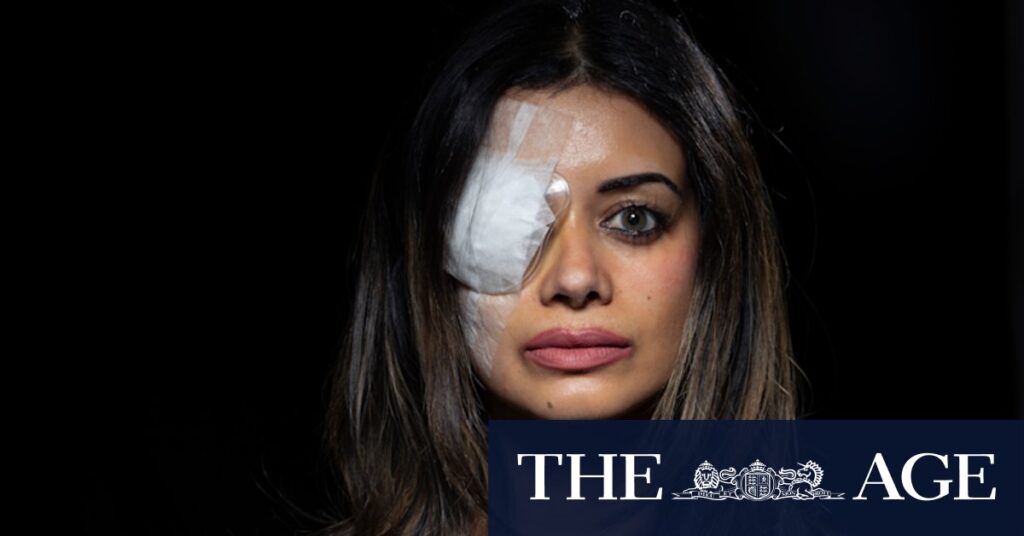
A former Greens candidate, Hannah Thomas, has been advised to brace for the worst after sustaining a severe eye injury during an anti-Israel protest in Sydney last month. The incident, which occurred on June 27, has left her facing the possibility of permanent vision loss in her right eye as she prepares for a second surgical procedure.
Thomas, who challenged Prime Minister Anthony Albanese in the Grayndler electorate during the May elections, was injured during a protest outside SEC Plating in Belmore. The business is accused by demonstrators of providing services for F-35 jets used by the Israeli Defence Forces. The protest led to her arrest, along with four others, under an emergency power known as part 6a.
Controversial Arrest and Legal Concerns
The arrests have sparked significant legal debate, particularly after video footage from the scene appeared to contradict police accounts. The footage reportedly shows officers failing to clarify the legal basis for dispersing the protest, raising questions about the legitimacy of the arrests.
In her first public statement since the incident, Thomas expressed her distress over the potential permanent damage to her vision. “I have been warned that I will probably never regain full vision following the incident,” she stated.
Expert Opinions and Legal Implications
Legal experts have voiced concerns over the use of emergency powers in this context, suggesting that the police actions may have overstepped legal boundaries. According to Dr. Sarah Collins, a legal analyst specializing in civil rights, “The use of part 6a in this situation raises serious questions about the proportionality and necessity of such measures.”
Dr. Collins further emphasized the importance of transparency in law enforcement, noting that,
“In democratic societies, the police must be accountable for their actions, especially when they involve force against civilians.”
Historical Context and Parallels
This incident is not isolated in Australia’s history of protest policing. Comparisons have been drawn to previous events where police actions during demonstrations have been scrutinized. In 2019, a similar uproar occurred following the arrest of climate change activists, which also raised questions about the balance between public order and civil liberties.
These parallels highlight ongoing tensions between law enforcement practices and the rights of individuals to protest, a fundamental aspect of democratic expression.
Future Implications and Next Steps
The situation remains tense as Thomas awaits her upcoming surgery. The outcome could set a significant precedent for how protests are managed in the future, particularly concerning the use of emergency powers by police.
Meanwhile, advocacy groups are calling for a thorough investigation into the incident. They argue that ensuring accountability and transparency in law enforcement is crucial to maintaining public trust.
As the legal and medical aspects of this case unfold, the broader implications for civil rights and law enforcement practices in Australia will continue to be a point of contention and discussion.







